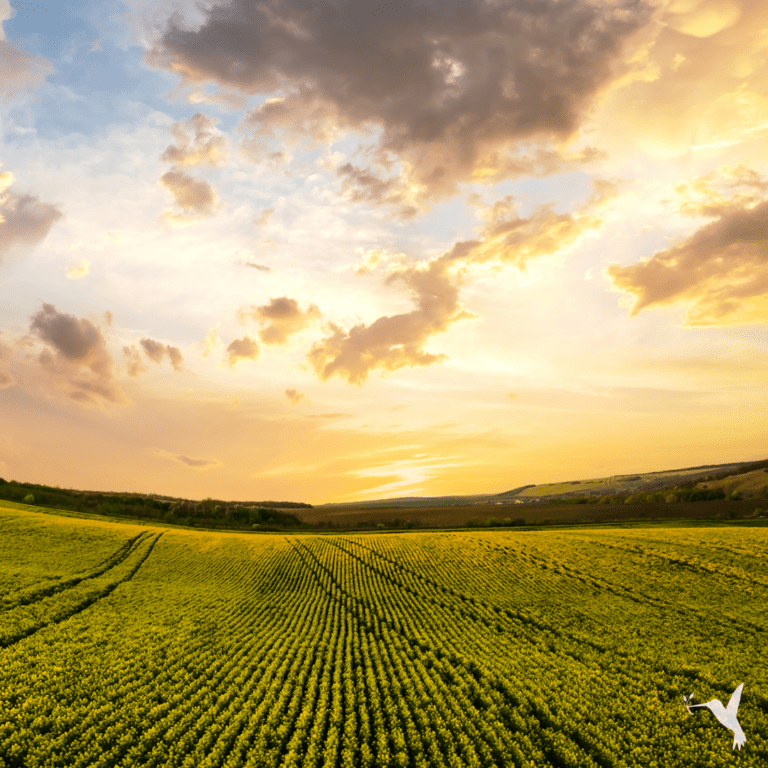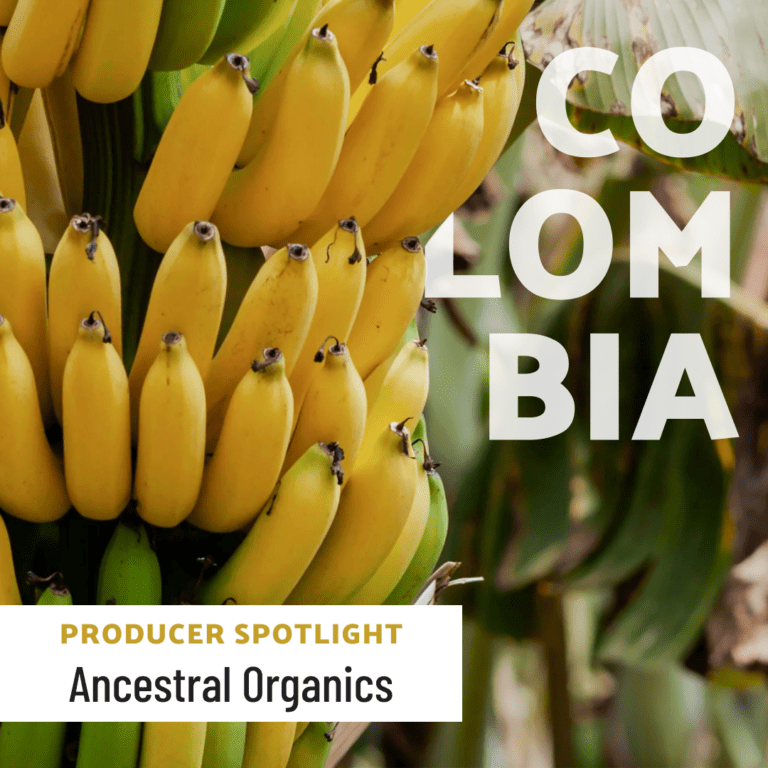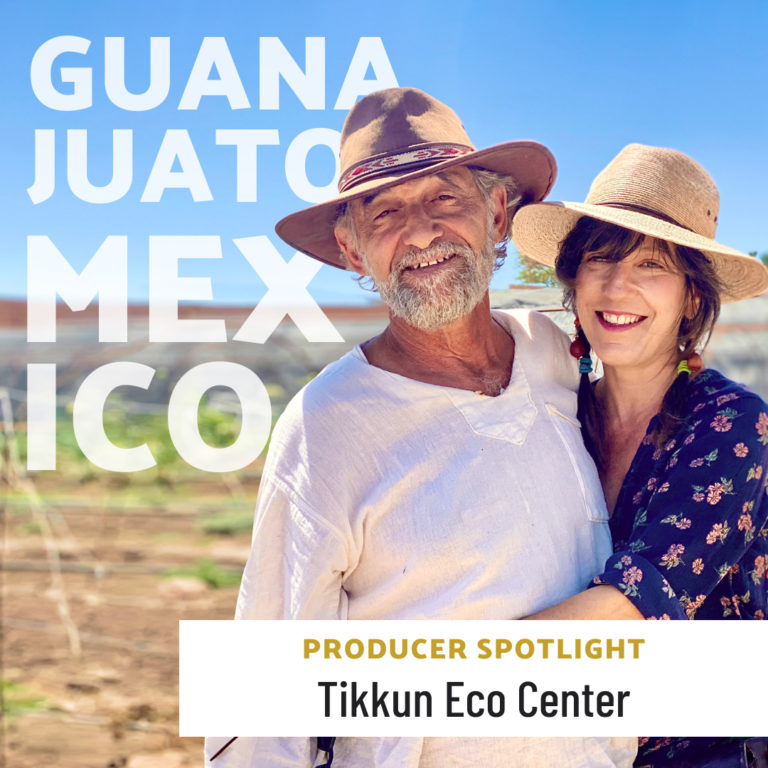Bringing Ahimsa (Nonviolence) into Agriculture
Using Vedic Wisdom to Create Holistic Food Systems & Supply Chains
How many of us have seen a documentary about the horrors of the meat industry? There are many that show the cramped, filthy, and inhumane living quarters and the way these animals are treated as commodities, not living beings. These violent images have turned off many people from consuming meat.
What about monocultures? These are vast expanses of land dedicated to growing only one crop in a way that is completely unnatural, and because it is, growers must use chemicals to manage pests and to encourage growth. These plants are also not treated as living creatures.
Is there an analogy to be drawn between monocultures and the meat industry? If there is, it lies within the disconnection. We have lost respect for living creatures in our commodification of them.
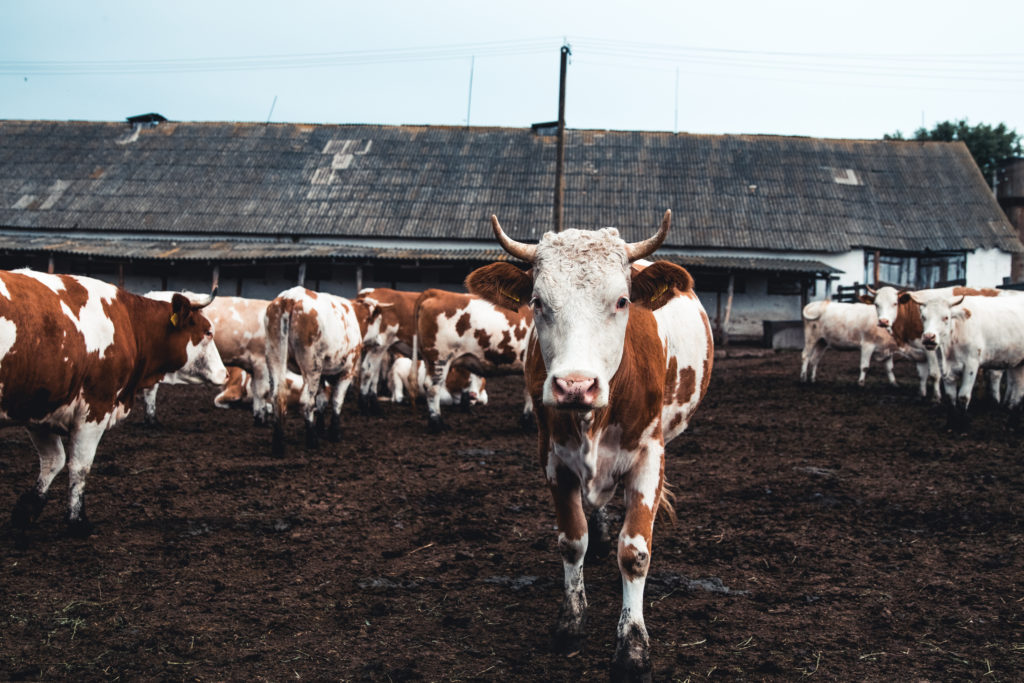
In these and many other ways, our modern food systems involve violent extraction from the earth. It seems a bit strange that we have arrived here, behaving violently towards that which gives us life.
Of course, the cycle of existence on our planet is such that for some beings to live, others must die. So where do we draw the lines between what is unnecessary violence and what is survival? Is veganism the answer? Or is using organic growing methods a better solution? Is it ethical to eat meat as long as the animals are happy and free to roam?
And how can we practice nonviolence and survival at the same time?
Ahimsa: A Yogic Principle of Doing No Harm
Perhaps, we can find an answer within one of the eight limbs of Ashtanga yoga, with the principle of ahimsa.

Ahimsa is an ancient Vedic concept which we generally understand as “nonviolence.” It translates from Sanskrit as “absence of injury.” The concept originates in the Vedas—Indian spiritual and philosophical wisdom dating back to around 4,000 years ago. These Vedic texts led to Patanjali’s Yoga Sutra and the basis of the eight limbs of classical yoga.
Along with being within the first of the eight limbs of yoga, ahimsa is also a foundational principle of Hinduism, Buddhism, and Jainism. This principle asks us to love, care for, and have compassion for all living beings.
Ahimsa entreats us to live in such a way that we cause no harm in thought, speech, or action to any living being, including ourselves. It may sound passive, but in removing harm, we make space for ahimsa in its highest form, which is the expression of love.
Practicing Ahimsa in Agriculture & Beyond
What does this have to do with agriculture?
Well, it is quite easy to think of instances of violence in our current agricultural systems.
The way we treat animals.
The way we treat the soil.
The way we must kill all pests with chemicals that are also harmful to our own selves, other beings, and our water.
The way we make monocultures of plants that actually thrive better when surrounded by biodiversity.
The way we engineer life out of seeds, creating hybrids that only grow and fruit once.
“Already without your knowledge you are destroying many creatures. You walk and many ants are dying under your feet. You are not killing anyone. It is just happening. But an intention to destroy something, an intention to do violence can destroy your very basis, your very own root. Dropping this intention for violence is ahimsa.” —Gurudev Sri Sri Ravi Shankar
Many people honor ahimsa by eating a vegetarian or vegan diet, although not everyone interprets it this way.
Throughout history, pre-colonial cultures honored vegetable, fruit, and animal food sources in less violent ways.
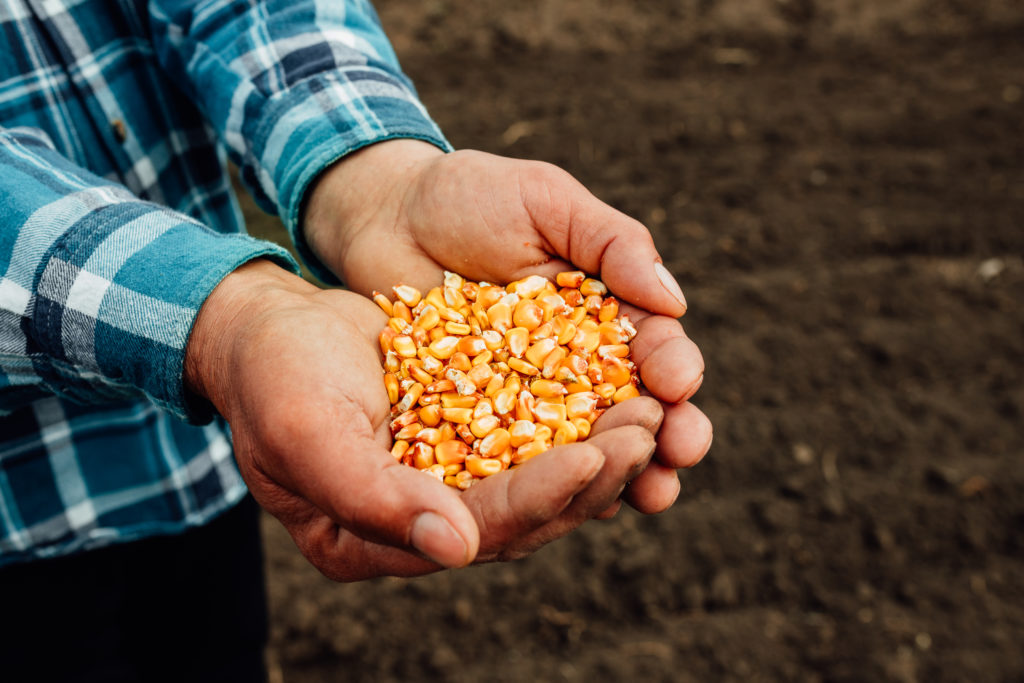
For example, the Mayan believe that corn is primordial. It plays an important role in their creation stories as well as their diet. For the Inca and their descendants, the Aymara, quinoa is the sacred crop of their diet and their creation story. In what is now North America, the buffalo was a sacred animal, and in many regions, people planted the three sisters, corn, squash, and beans. In the Pacific northwest region, it was salmon, and in the Western Great Lakes region, it was manoomin, a type of wild rice. Whether it was planted, foraged, or hunted, food sources were and still are sacred.
Is Regenerative Agriculture a Form of Ahimsa?
Regenerative agriculture incorporates many kinds of practices, building on the work of permaculture, biodynamics, modern science, and indigenous knowledge. This style of agriculture focuses on harmonizing along with the earth rather than violently extracting resources from it, and as such can be an example of nonviolence in our food systems. Regenerative agriculture is more than just building soil health or avoiding harmful chemicals. The nonviolence of these practices extends to workers, animals, water, air and soil–all of which are vital ingredients in the continuation of life on earth.
Regenerative agriculture shows us that we can commit to fair wages, healthy soil, open pollinated seeds, and treating animals with love and respect, whether we keep them for food, milk, eggs, or to help us work.
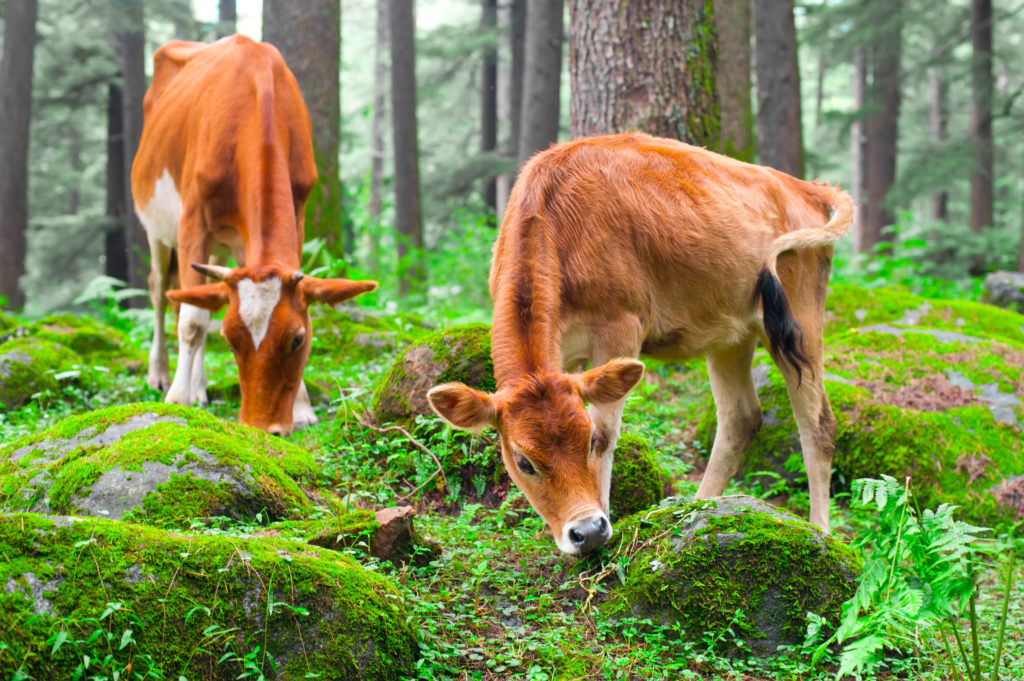
When we connect the principle of ahimsa with the principles of regenerative agriculture, we may see that when we remove the violence from our food systems, what remains is love and compassion–and very tasty food.
Is it possible to create supply chains that also follow ahimsa?
Can our methods of survival, including production and movement along the supply chain, include space for love and compassion?
On this International Day of Nonviolence, we invite you to choose your products with intention, with ahimsa in mind.
